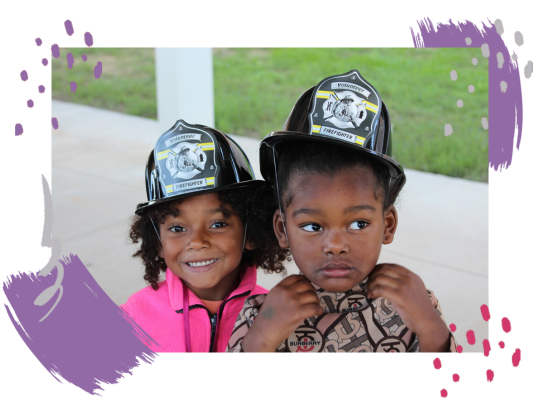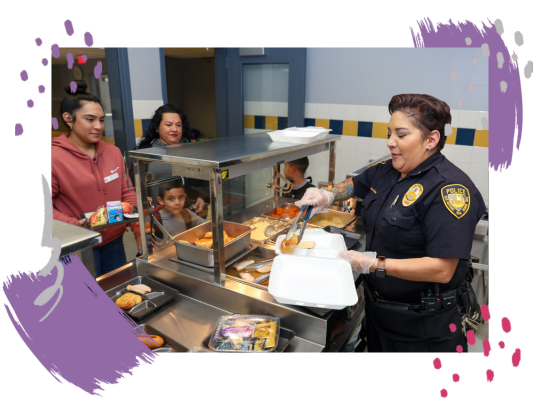
Find Texas Schools and Independent School Districts

Find Texas Schools and Independent School Districts

Cleveland ISD Pre-K students got their own helmet and got to explore the fire truck!
Our public schools actively provide safety and security for all students, staff, and families. When people ask, “Are students safe in schools?” the answer becomes clear through the visible precautions, protocols, and training that school districts implement. To achieve this, districts consistently strive to deliver first-rate security, comprehensive safety programs, and peace of mind for the entire school community. For example, schools enforce policies that address a wide range of safety concerns, including building security, inclement weather procedures, violent threat responses, active shooter drills, and pandemic-related precautions. Moreover, strong community involvement plays a critical role in identifying and supporting the safety needs of neighborhood schools.

Members of SAISD Police Department visited several campuses to bring some pre-Thanksgiving cheer.
Safety regulations and protocols in our public schools cover several areas of safety-related issues.
Safety in School includes
Texas public schools must comply with Texas Education Code (TEC §37.108), which requires:
TEA’s weather and disaster information page details resources for students affected by health and disaster emergencies.
Texas public school students rely on bus services to get them safely to and from school daily. According to the National Highway Traffic Safety Administration, students are 70 times more likely to arrive safely at school via bus rather than by car. This is largely because school buses are the most heavily regulated transportation vehicles on the road. Additionally, school buses are specifically designed with student safety in mind. They feature high visibility, with bright yellow paint, extended stop sign arms, and flashing red lights to alert other drivers. Furthermore, buses are constructed with protective seating that absorbs impact and provides rollover protection. To enhance safety even more, state laws prohibit passing a school bus while it is loading or unloading students—making drop-off and pick-up zones safer for everyone involved.
The Texas Department of Public Safety’s School Bus Transportation Program curates the knowledge and skills required to provide safe, reliable, and efficient student transportation. The program includes:
You can read more about school bus safety regulations in the Texas Administrative Code.
Texas public schools take proactive steps to ensure the safety of students and staff during athletic practices and school events.
These combined efforts help schools create a safe environment for extracurricular participation and community engagement.
The safety of Texas public school buildings and the security of premises is a high priority in all school districts.
Texas public school districts provide valuable free services to assess, promote, and improve students’ social, emotional, and mental health. These crucial services include individual and group assessments, referrals, and interventions.
The TEA’s Mental and Behavioral Health page has more information on students’ mental and behavioral health.
Students have the right to a safe school environment. Anti-bullying awareness and action in our Texas public schools improves school safety and the whole learning environment. Texas’ David’s Law addresses harassment, bullying, and cyberbullying of public school students.
This bullying checklist is used by public schools to help define bullying.
Ensuring the safety of school employees is a top priority across Texas public schools. Staff are trained to recognize, respond to, and prevent potential threats on campus.
The National Center on Safe Supportive Learning Environments (NCSSLE) focuses on improving school climate and conditions for learning. Their mission is to provide the right resources and support to empower educational stakeholders to collaborate. They offer information, tools, and technical assistance, including data and trends. The organization provides focused information on safe and supportive environment creation and mental health wellness promotion.
The National PTA (Parent Teachers Association) provides webinars, parent FAQs, checklists, and prevention guidelines.
More quick, at-a-glance guides and checklists for parents and caregivers to stay informed!
Creating a safe and secure environment for students to learn and thrive is of paramount importance to public schools. Families and communities can contribute to safety and security through knowledge and involvement.

If you want to take advantage of this benefit or learn more about how a membership can help your organization please click the button below.